EDC, Apprenti partner to grow local talent pipeline
This is a developing story; last update was made July 2024.
With a nationwide talent shortage, companies are challenged to maximize growth. In San Diego, this issue is exacerbated by a declining working-age population coupled with job growth, making it difficult to find qualified talent. To build a strong workforce in this climate, companies must explore alternative talent acquisition pathways.
Join San Diego Regional EDC and Apprenti to explore how registered apprenticeships can help employers create a pipeline of critical, diverse, emerging talent, and support our local workforce. Together with Apprenti, EDC invites companies with advanced manufacturing or information technology operations to hire registered apprentices. Apprentices will tentatively begin in Summer 2024, with training completed and full-time onboarding in Winter 2026.
THE PARTNERS
EDC recognizes talent as the cornerstone of economic growth and works to leverage employer engagement, work-based learning, and unique company solutions to broaden San Diego’s pool of diverse, qualified talent. In complement, Seattle-based non-profit Apprenti provides the resources to support employers in developing a strong apprenticeship pipeline. Through this partnership catalyzed during EDC’s Leadership Trip, the Apprenti program sources, assesses, trains, and places talent for participating companies. The program also manages the administrative process of registering through state and federal systems, including access to braided funding to support program investments.
WHO SHOULD PARTICIPATE?
Companies that require a workforce with advanced manufacturing or information technology related technical skills but not a traditional degree. Roles include:
Advanced manufacturing
- Optics manufacturing technician
- Electromechanical technician
- Precision machinist
- Automation and controls technician
- Instrumentation and controls technician
- CNC operator and programmer
Information technology
- Software developer/analyst
- Cybersecurity analyst
- CRM/CMS developer
- IT support professional
- IT business analyst
- Systems administrator
- Cloud operations specialist
- Technical sales specialist
- DevOps specialist
- Web developer
- UX designer
- CRM administrator
- Data analyst
WHY PARTICIPATE?
SAMPLE TIMELINE
- Summer 2024: Apprentices begin training in the classroom half-time, and working on the job half-time.
- Winter 2026: Apprentices complete classroom training, apprenticeship ends, and employers bring individuals on full-time.
PROGRAM MANAGEMENT FEE
- EDC investors: $3,000 per apprentice
- Non-investors: $3,500 per apprentice
Fee covers services by Apprenti and EDC in sourcing talent, tests screening candidates, completing state and federal administrative requirements, providing ongoing apprenticeship programmatic support, and coordinating with training partners around funding and qualified curriculum. It does not include the cost of related technical instruction (which could be as low as $0) nor wages for the apprentice, which must be at least 60 percent of the employer first year wage paid to employees in this role at your company.
To learn more or join the cohort, contact:
Contact SDREDC


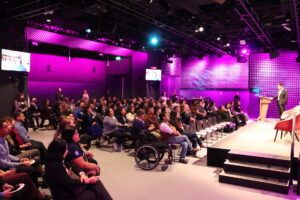

 One inspiring moment was when our group heard from Alesha Washington, CEO of the
One inspiring moment was when our group heard from Alesha Washington, CEO of the 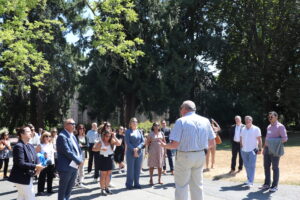 For decades, the inclusion challenge was left only to the social services and philanthropic community to solve. Now, the business case has been made and it is clear inclusive growth is imperative to the region’s competitiveness. Without it, industry too will cease to thrive.
For decades, the inclusion challenge was left only to the social services and philanthropic community to solve. Now, the business case has been made and it is clear inclusive growth is imperative to the region’s competitiveness. Without it, industry too will cease to thrive.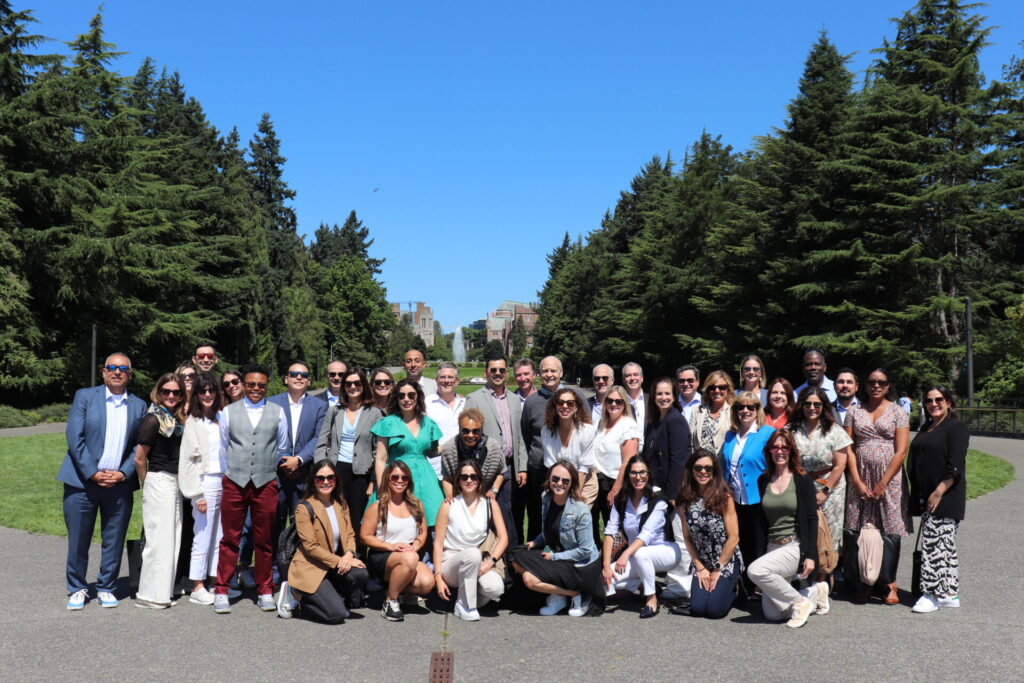
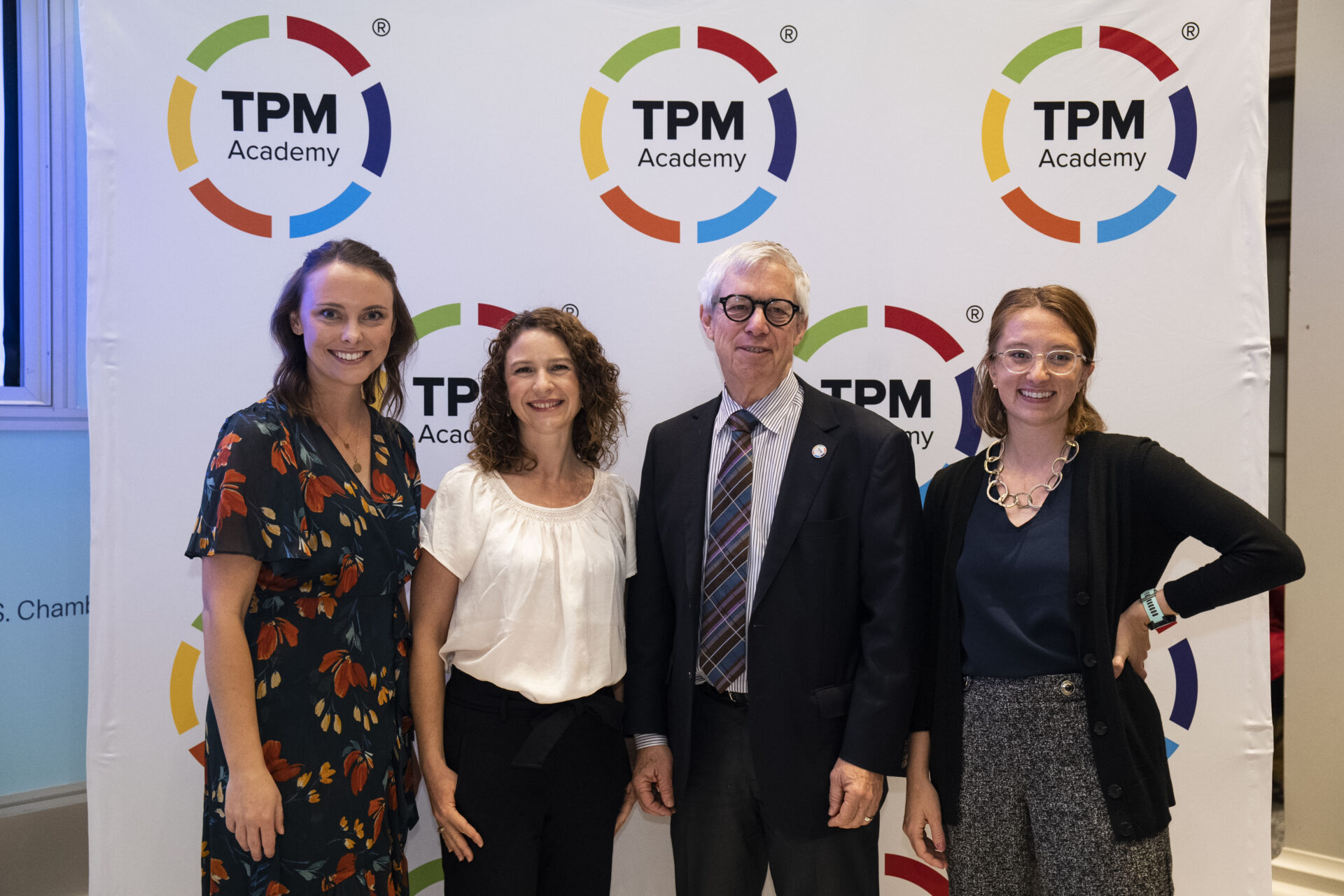




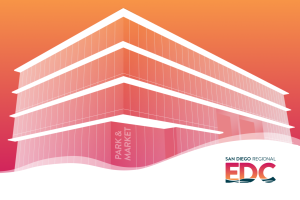 The EDC team just
The EDC team just